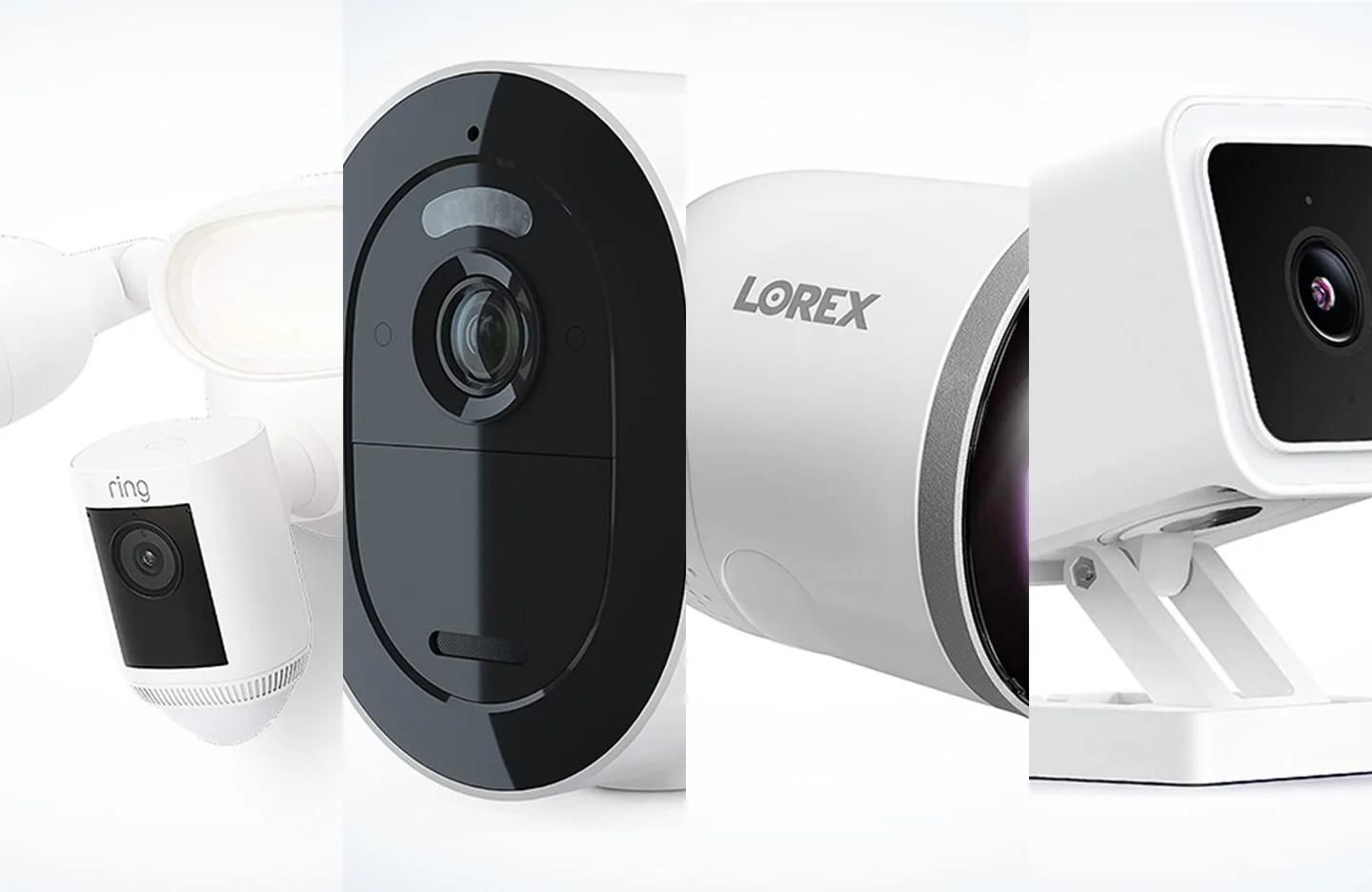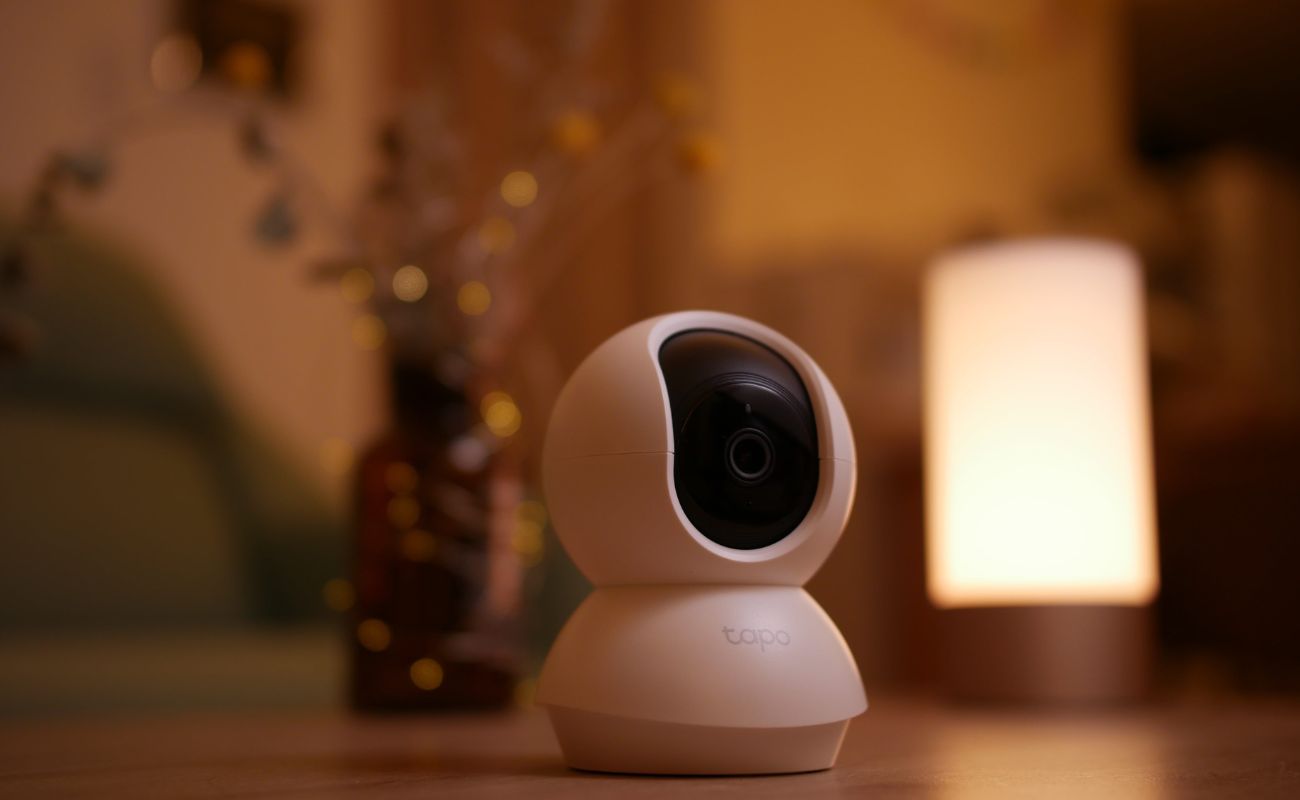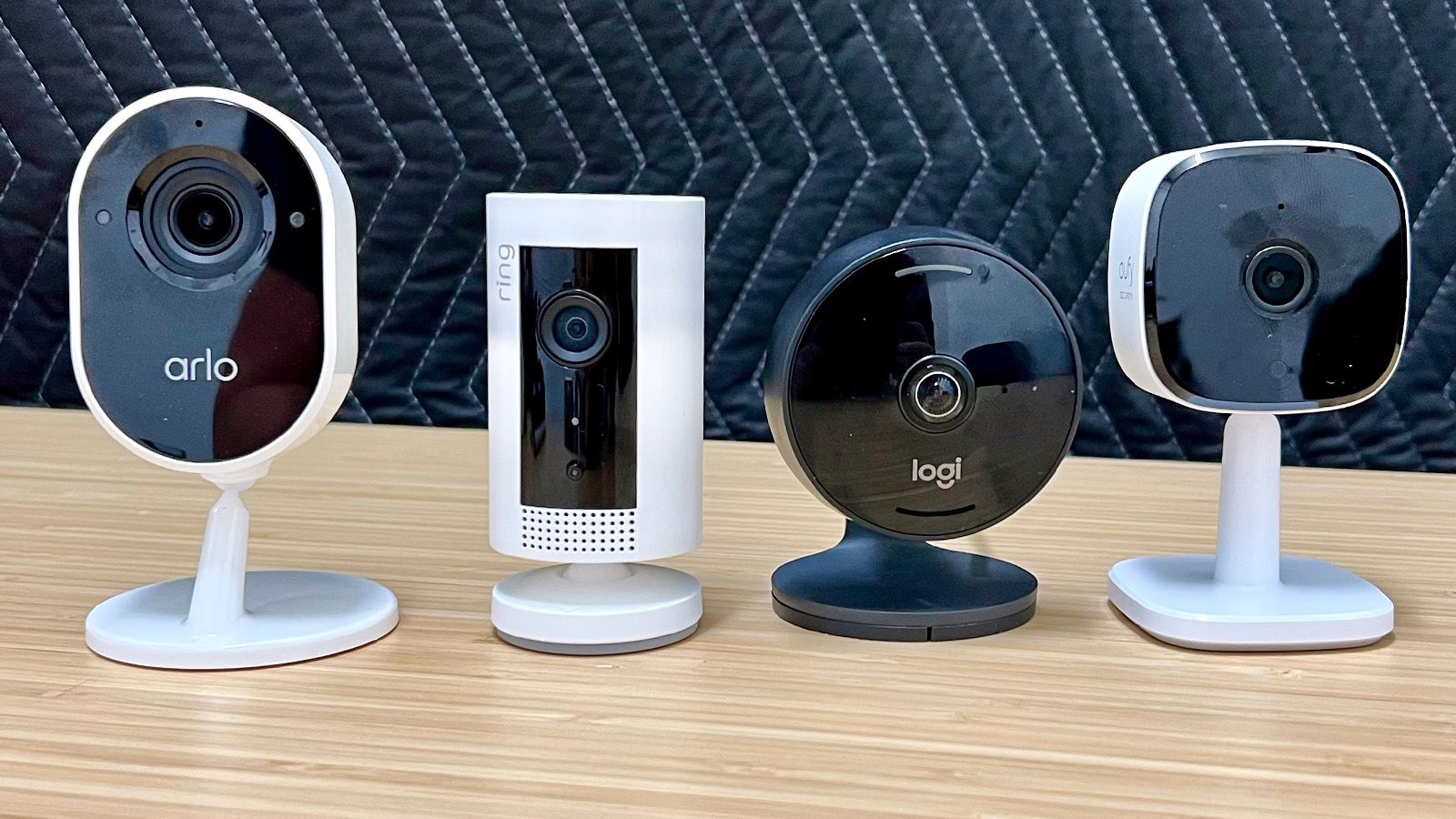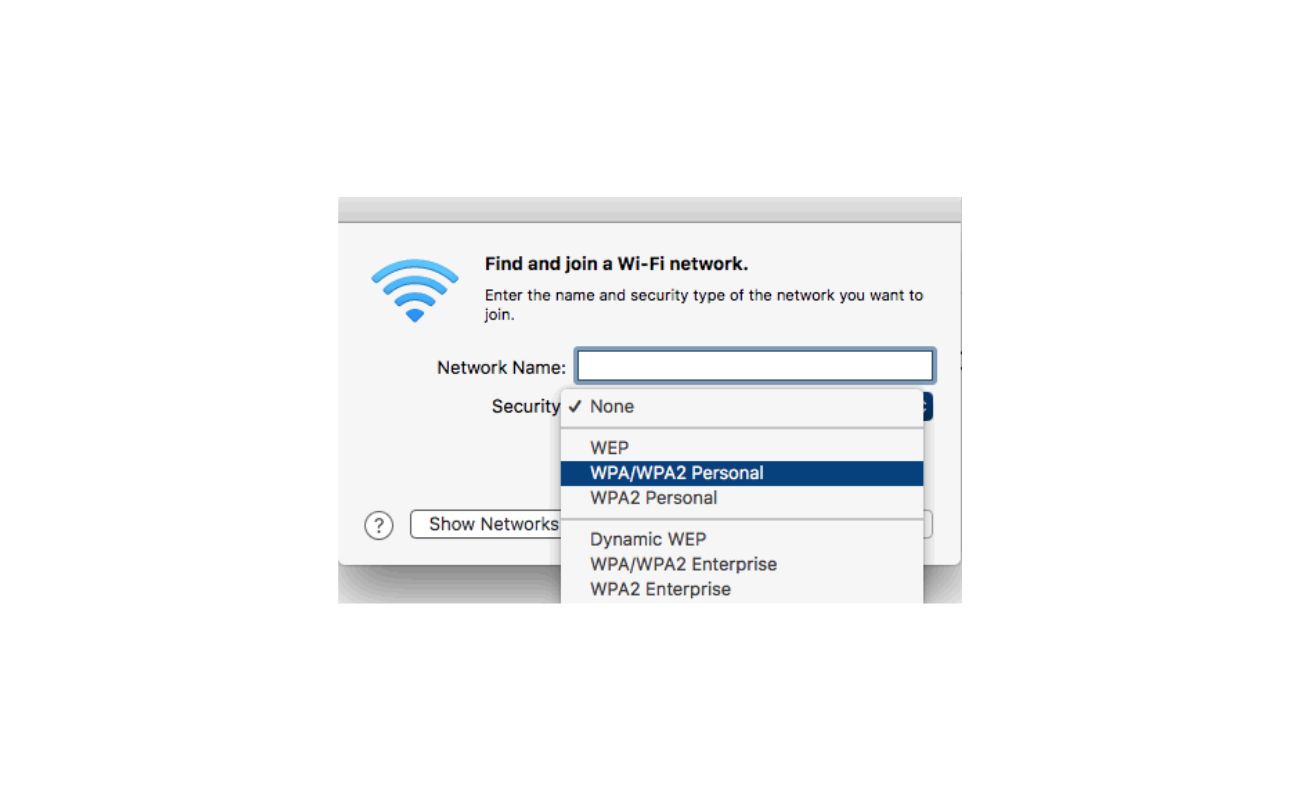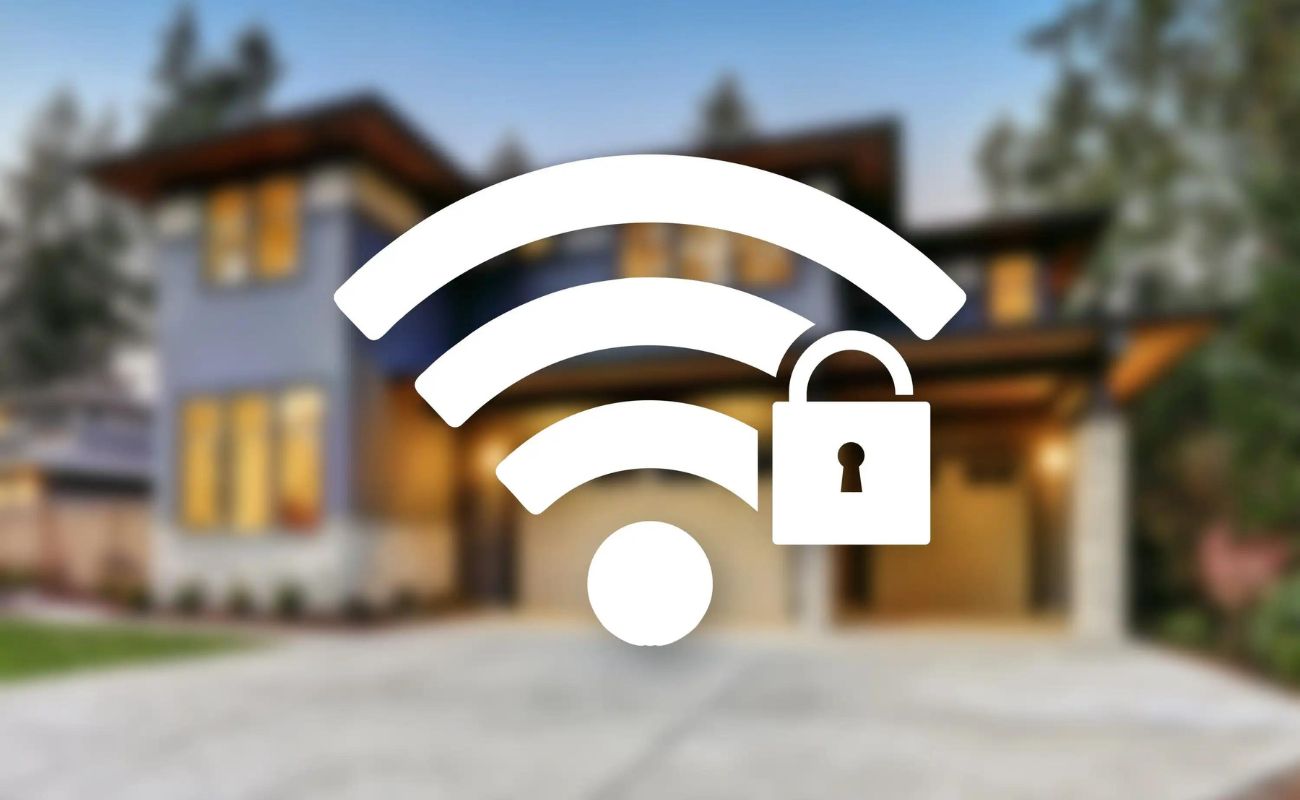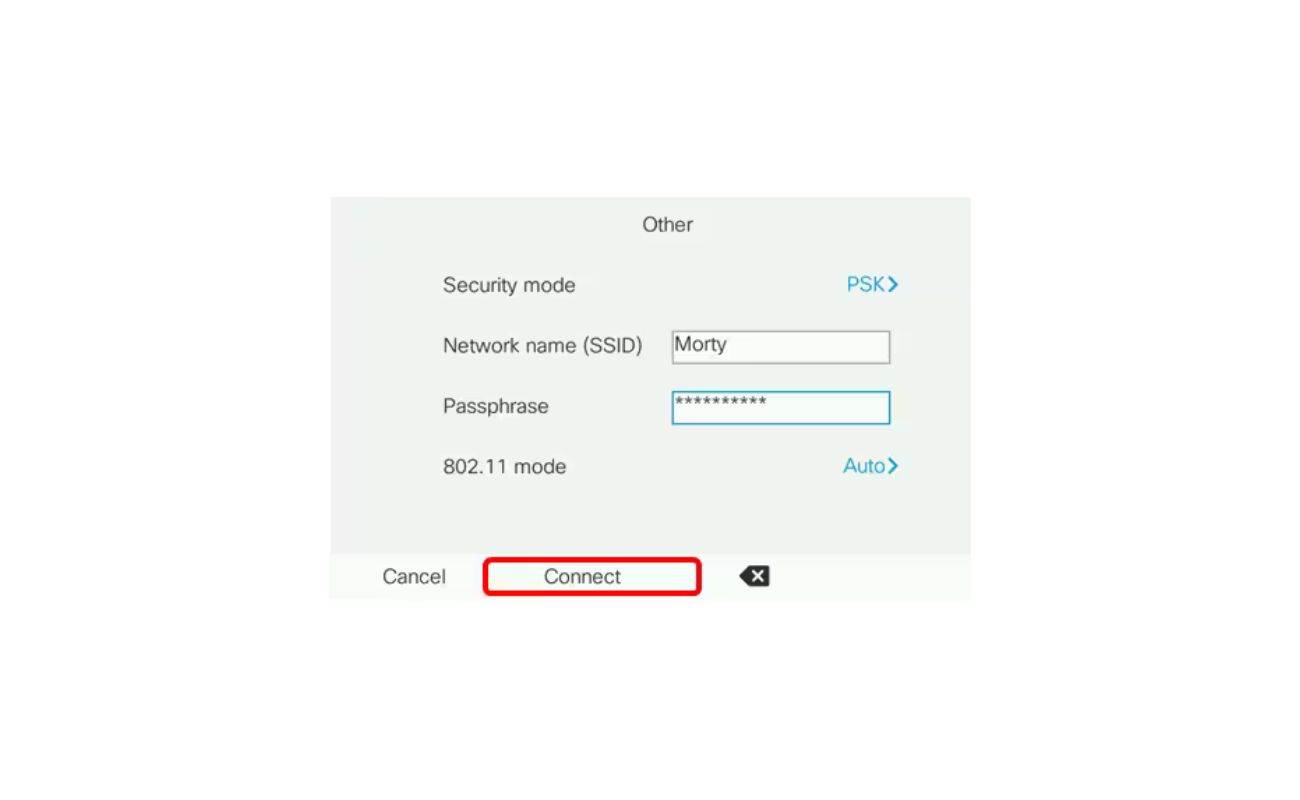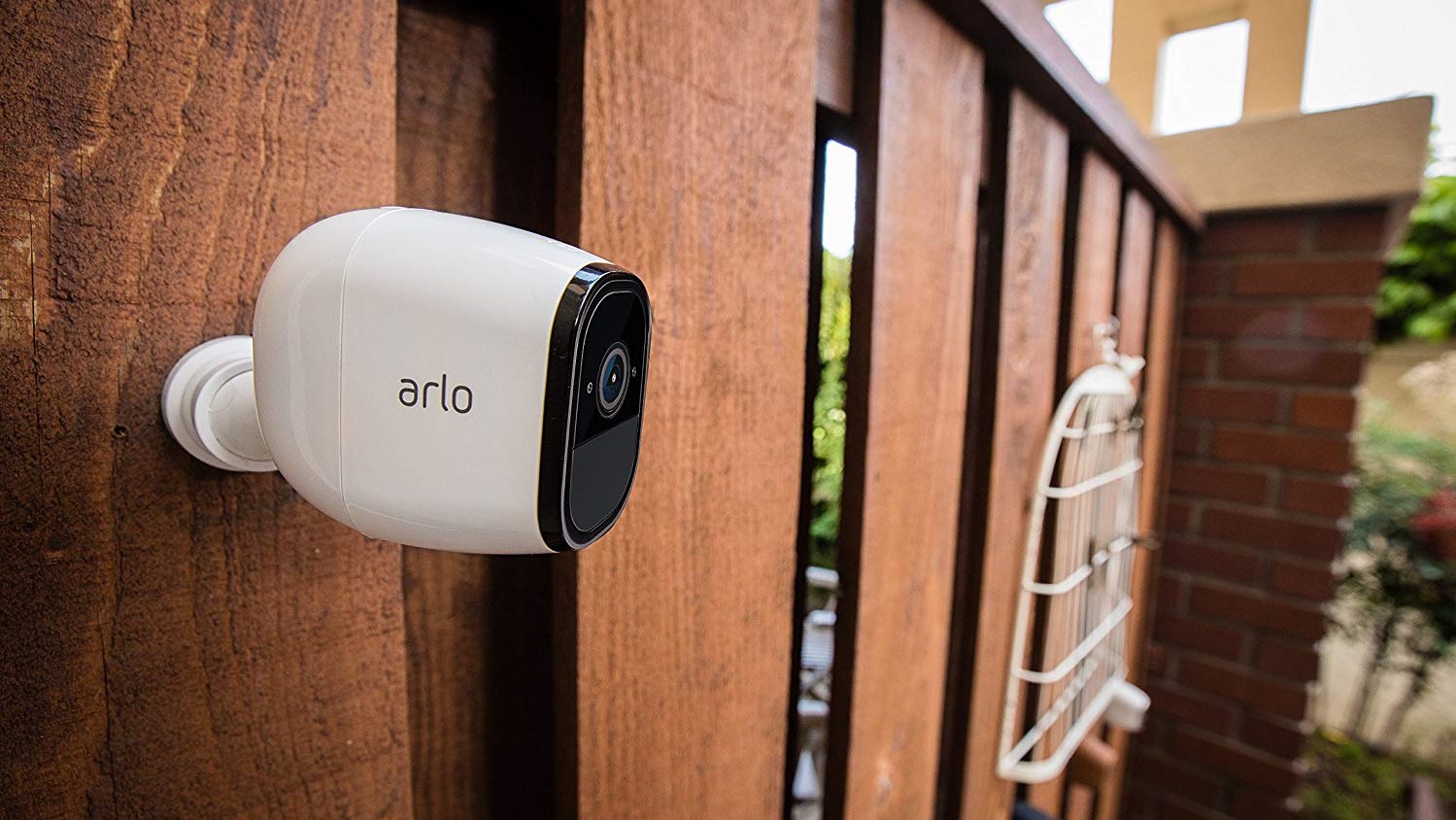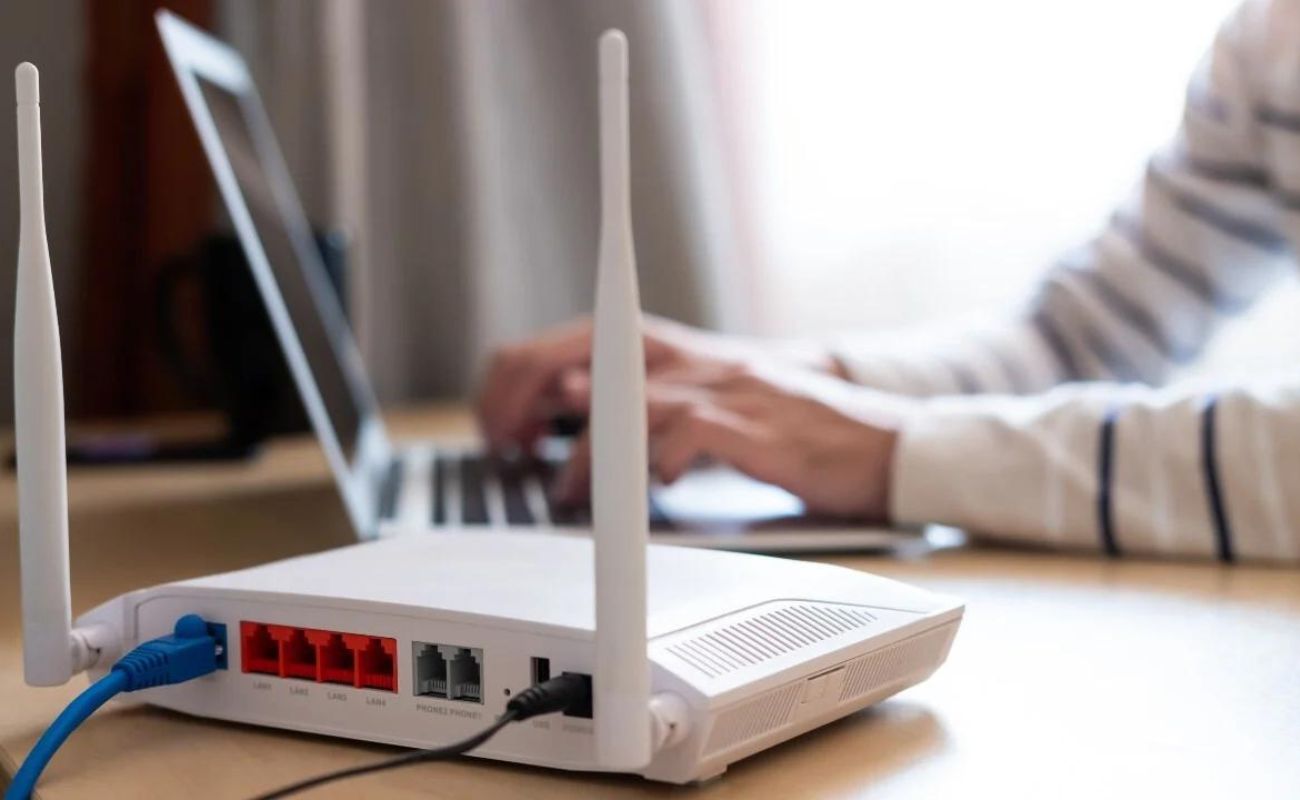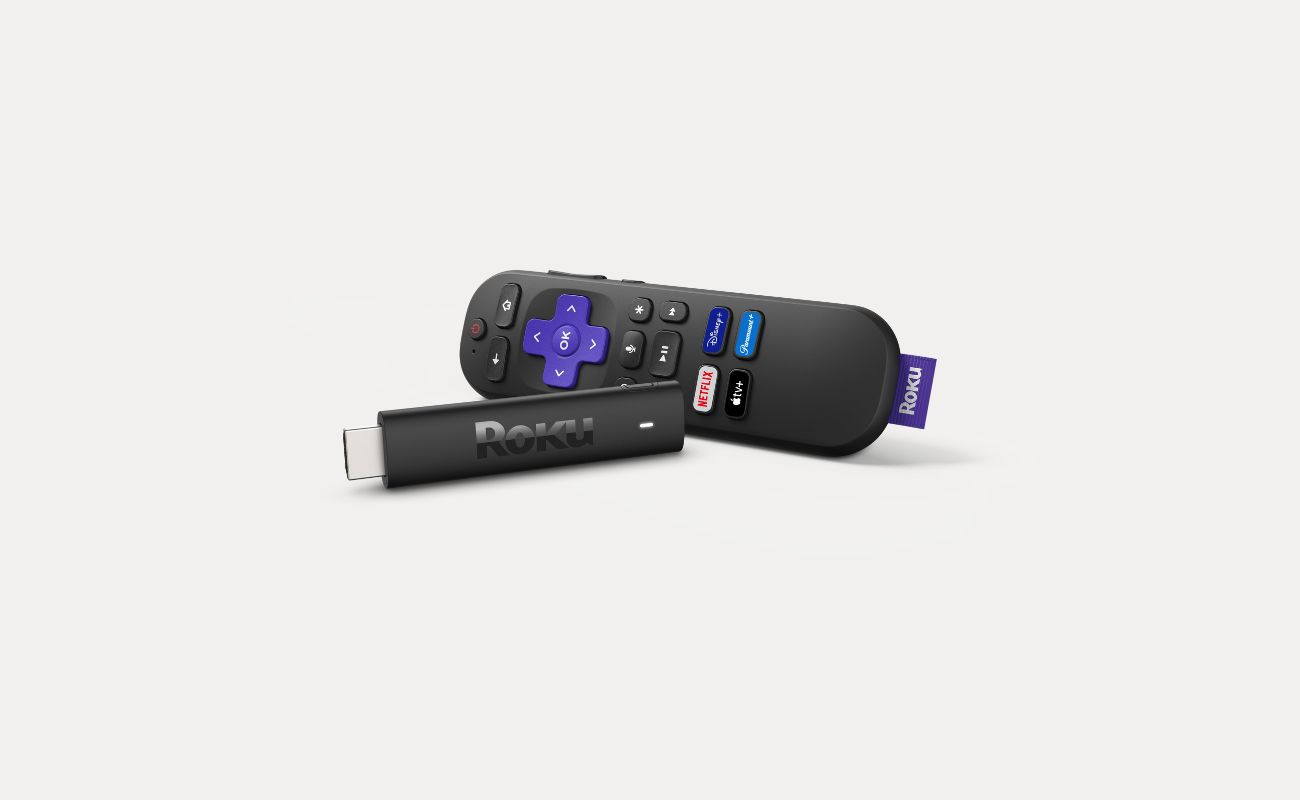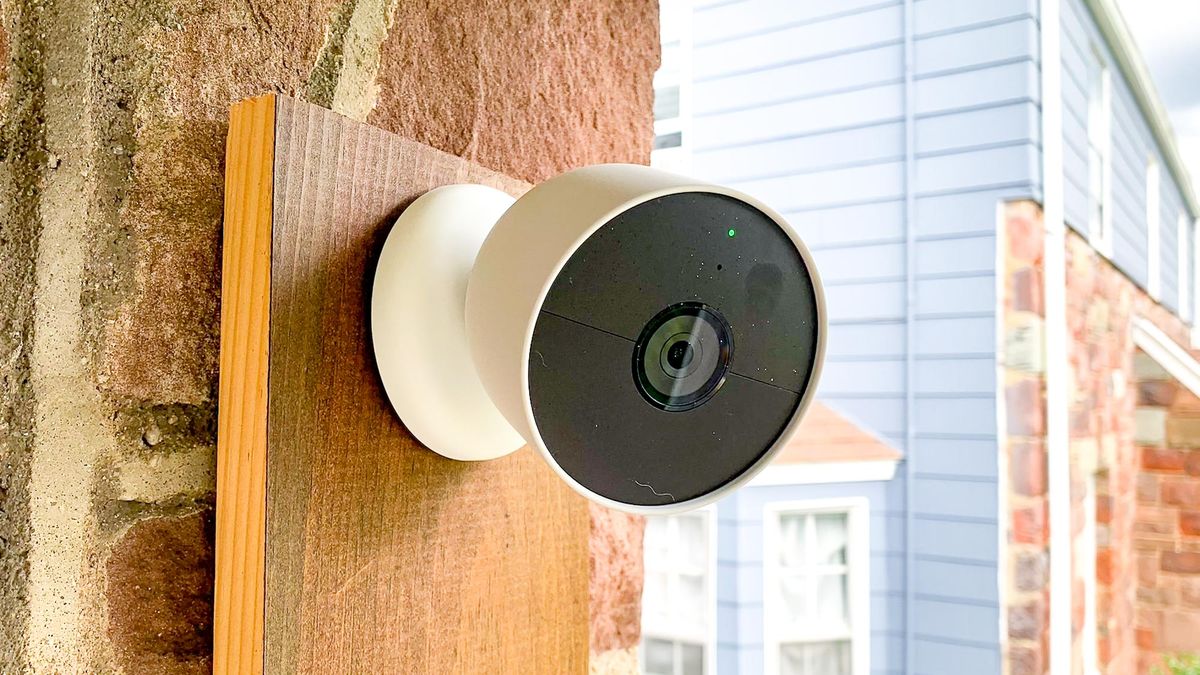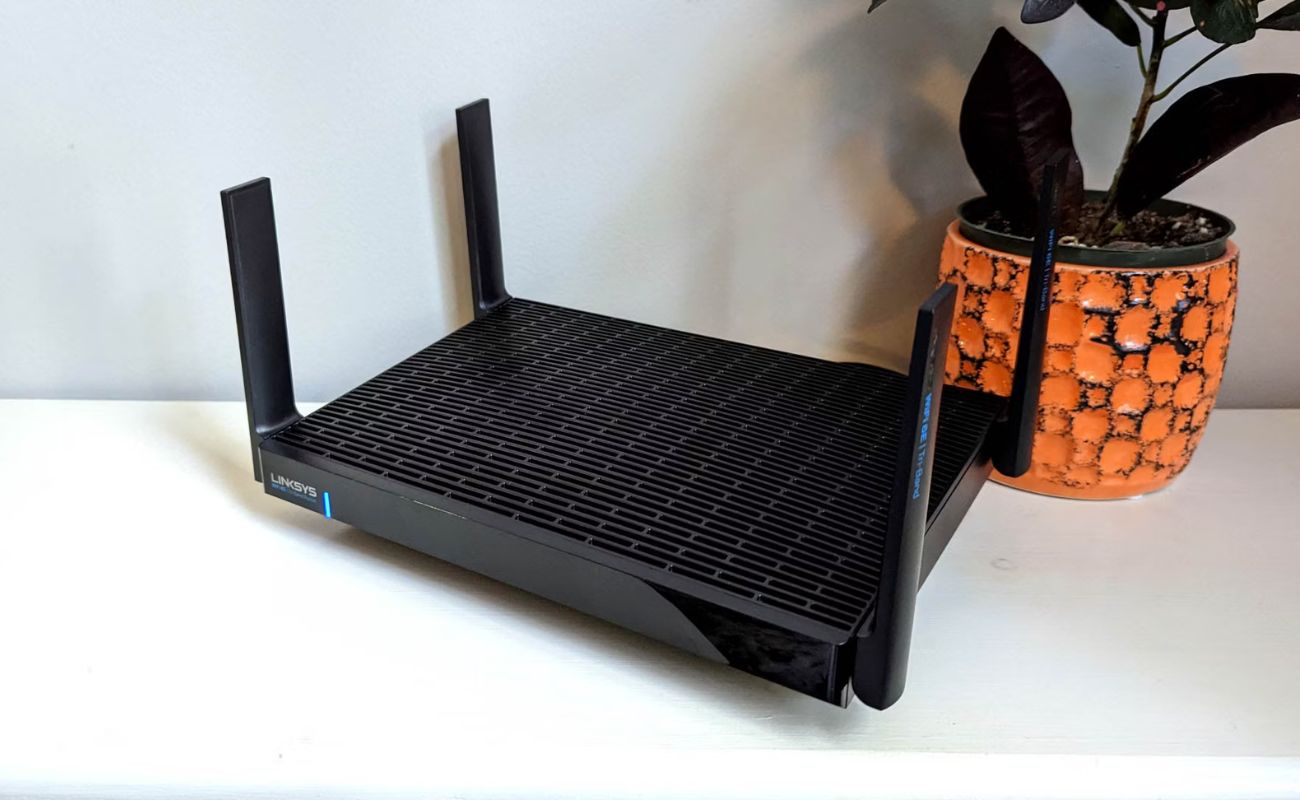Home>Home Security and Surveillance>What Is The Best Wireless Home Security System
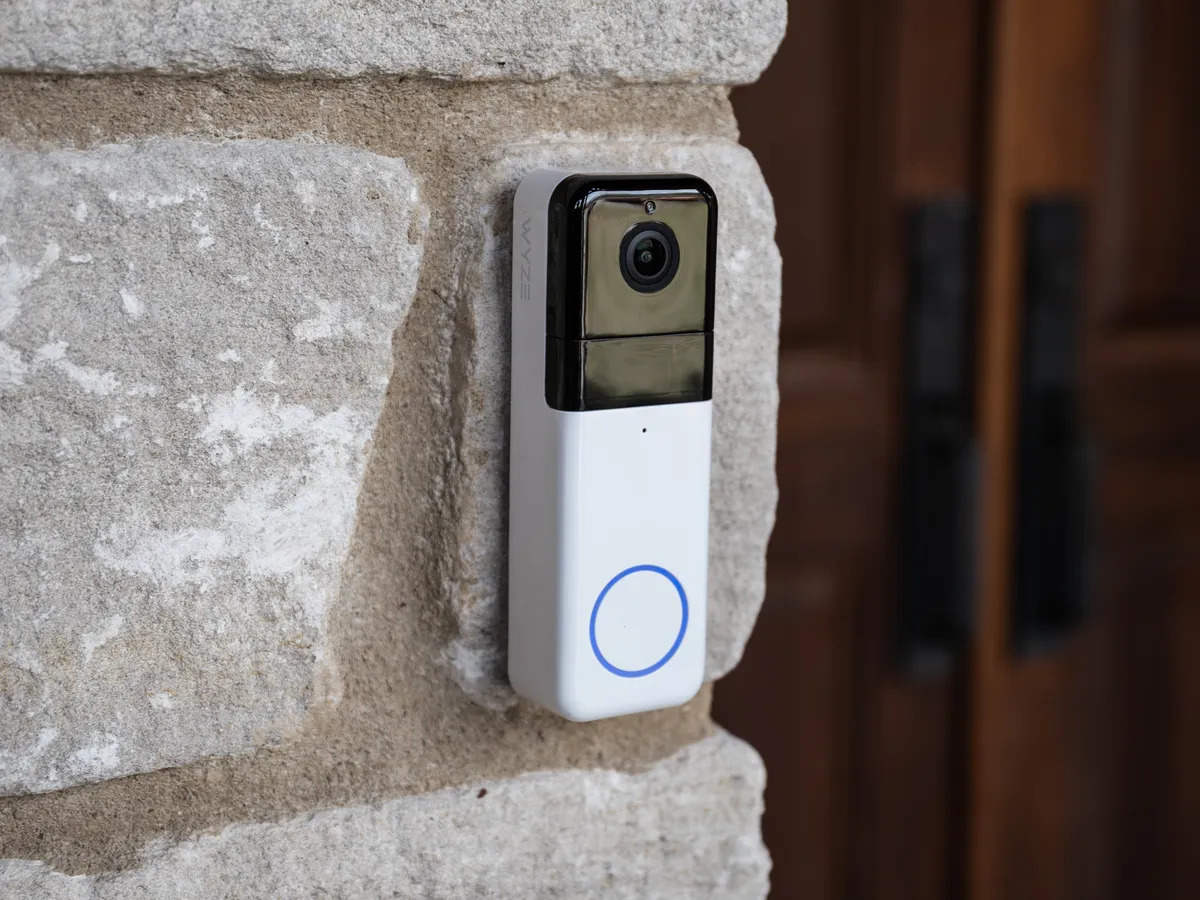

Home Security and Surveillance
What Is The Best Wireless Home Security System
Modified: March 6, 2024
Find the best wireless home security system for your peace of mind. Compare and choose from a wide range of home security and surveillance options.
(Many of the links in this article redirect to a specific reviewed product. Your purchase of these products through affiliate links helps to generate commission for Storables.com, at no extra cost. Learn more)
Introduction
Welcome to the world of wireless home security systems, where technology meets peace of mind. With the advancement in technology, securing your home and loved ones has become easier and more convenient than ever before. Gone are the days of complicated and expensive wired security systems that require professional installation and extensive wiring throughout your home.
A wireless home security system offers the flexibility and convenience of easy installation, seamless integration with your existing devices, and remote monitoring capabilities. Whether you’re a homeowner, renter, or frequent traveler, choosing the right wireless home security system is crucial to ensure the safety of your property and loved ones.
But with so many options available in the market, it can be overwhelming to make the right choice. That’s why we’re here to guide you through the process and help you understand the key factors to consider when choosing a wireless home security system.
From top brands in the market to the features and pricing of different systems, we’ll cover it all. We’ll also delve into the installation and setup process, mobile app integration, and remote monitoring capabilities. Additionally, we’ll explore customer reviews and satisfaction ratings to provide you with a comprehensive overview.
So, whether you’re a tech-savvy homeowner looking to upgrade your security measures or a new homeowner seeking peace of mind, read on to learn everything you need to know about wireless home security systems.
Key Takeaways:
- Choosing a wireless home security system involves considering factors like home size, monitoring services, smart home integration, and video quality. Top brands like Ring, Arlo, Nest, SimpliSafe, and ADT offer diverse options to meet specific needs and preferences.
- Wireless home security systems offer easy installation, remote monitoring, and smart home integration. While they provide flexibility and convenience, they may have limitations such as signal range, battery reliance, and potential interference. Customer reviews and satisfaction ratings are valuable in making an informed decision.
Read more: What Type Of Wireless Security Is Best
Key Factors to Consider When Choosing a Wireless Home Security System
Choosing the right wireless home security system for your needs requires careful consideration of several key factors. By taking these factors into account, you can ensure that you select a system that provides optimal security, convenience, and peace of mind. Here are some important factors to consider:
- Home Size and Layout: The size and layout of your home will dictate the number and placement of security devices needed. Consider factors such as the number of entry points, the size of the property, and the areas you want to monitor.
- Monitoring Services: Decide whether you prefer professional monitoring or self-monitoring. Professional monitoring involves a monthly fee and a team that monitors your system 24/7. Self-monitoring allows you to receive notifications and control the system yourself.
- System Scalability: Consider the ability to add additional devices or expand the system in the future. This is particularly important if you plan on expanding your home or adding new security features over time.
- Smart Home Integration: If you have smart home devices, look for a system that integrates seamlessly with them. This allows you to control your security system along with other smart devices through a central app or hub.
- Wireless Range: Ensure that the system you choose has a sufficient wireless range to cover all areas of your home. This is especially important if you have a larger property or if you want to monitor outbuildings or garages.
- Mobile App Accessibility: Check if the system offers a user-friendly mobile app that allows you to monitor and control your security system remotely. This feature enables you to receive alerts, view live footage, and adjust settings from anywhere.
- Battery Life: Consider the battery life of the security devices, especially wireless cameras and sensors. Longer battery life means less frequent battery replacement, reducing maintenance and potential downtime.
- Video Quality: If video surveillance is a priority, look for cameras with high-resolution video quality. HD or 4K cameras will provide clearer and more detailed footage, enhancing the effectiveness of your home security monitoring.
By considering these key factors, you can evaluate different wireless home security systems and select the one that best meets your specific needs and preferences. Once you have identified your requirements, it’s time to explore the top brands and systems in the market.
Top Brands in the Wireless Home Security System Market
When it comes to wireless home security systems, there are several top brands that have established themselves as leaders in the industry. These brands offer a wide range of security devices and monitoring services, ensuring you can find the perfect system for your home. Let’s take a closer look at some of the top brands:
- Ring: Ring is a well-known brand that offers an extensive range of home security products, including wireless cameras, video doorbells, and security systems. Ring’s products are known for their ease of installation, user-friendly mobile app, and integration with other smart home devices.
- Arlo: Arlo is a popular brand known for its high-quality wireless cameras and security systems. Arlo cameras are known for their exceptional video quality, advanced motion detection, and long battery life. The brand also offers cloud recording and mobile app integration for convenient monitoring.
- Nest: Nest, owned by Google, offers a range of smart home devices, including wireless security cameras and video doorbells. Nest cameras provide sharp video quality and advanced features such as facial recognition and intelligent alerts. They seamlessly integrate with other Nest devices for a comprehensive smart home experience.
- SimpliSafe: SimpliSafe offers a user-friendly wireless home security system with a focus on easy installation and affordability. Their systems are customizable, allowing you to choose the specific devices and sensors you need for your home. SimpliSafe also provides professional monitoring services for added peace of mind.
- ADT: ADT is a well-established security company that offers both wired and wireless home security systems. Their wireless systems include a range of devices such as cameras, sensors, and home automation features. ADT provides professional monitoring services and offers a variety of plans to suit different needs.
These are just a few of the top brands in the wireless home security system market. Each brand has its own unique features and offerings, so it’s important to research and compare them based on your specific requirements. Consider factors such as price, customer reviews, and available features to make an informed decision.
Now that we’ve explored the top brands, let’s move on to comparing the features and pricing of different wireless home security systems.
Comparison of Wireless Home Security System Features and Pricing
When choosing a wireless home security system, it’s essential to compare the features and pricing of different options to find the one that best suits your needs and budget. Here is a comparison of key features and pricing aspects to consider:
- Camera Quality: Look for systems that offer high-resolution cameras for clear video footage. Consider features like night vision, wide-angle lenses, and pan-tilt-zoom capabilities.
- Number of Devices: Compare the number and types of devices included in each system, such as cameras, sensors, door/window contacts, and motion detectors.
- Cloud Storage: Check if the system offers cloud storage for video footage and recorded events. Some systems provide limited free storage, with options to upgrade to larger storage plans.
- Home Automation Integration: Consider if the system integrates with other smart home devices, allowing you to control lights, thermostats, and locks through a single app.
- Mobile App Features: Evaluate the features offered by the mobile app, such as live streaming, remote access, and customizable alerts.
- Monitoring Options: Compare the options for professional monitoring services. Some systems offer 24/7 professional monitoring for an additional monthly fee.
- Contract and Pricing: Look for systems that offer flexible pricing plans and the option to cancel or modify the contract without penalties. Consider upfront costs, monthly fees, and any additional charges for add-on devices or services.
- Customer Support: Research the reputation and customer support services offered by the system providers. Look for positive reviews and prompt, helpful customer assistance.
Keep in mind that pricing and features can vary significantly across different systems and brands. Some systems may require a larger upfront investment but offer more advanced features, while others might have more affordable options with basic functionalities.
It’s also important to consider any additional costs, such as professional installation fees or equipment upgrades. Take the time to compare different systems based on your specific needs and budget. Reading customer reviews and seeking recommendations can also provide valuable insights into the reliability and overall satisfaction with each system.
Now that we’ve examined the features and pricing, let’s explore the pros and cons of wireless home security systems.
Pros and Cons of Wireless Home Security Systems
Wireless home security systems offer numerous benefits, but they also have their limitations. Understanding the pros and cons can help you make an informed decision. Here are some key advantages and disadvantages of wireless home security systems:
Read more: What Is The Best Wireless Security Camera
Pros:
- Easy Installation: Wireless systems are easy to install and require minimal wiring. This makes them ideal for renters or those who don’t want to damage walls or drill holes.
- Flexible Placement: Wireless devices can be placed wherever needed, providing flexibility in monitoring various areas of your home.
- Expandability: Wireless systems are easily expandable, allowing you to add more devices as needed, such as cameras, sensors, or door/window contacts.
- Convenient Remote Access: With mobile app integration, you can monitor and control your security system remotely, receiving alerts and accessing live footage from anywhere.
- Smart Home Integration: Wireless systems can seamlessly integrate with other smart home devices, allowing you to create a comprehensive smart home ecosystem.
- Portability: If you move to a new residence, you can easily disassemble and reinstall a wireless system, providing flexibility and convenience.
Cons:
- Interference: Wireless systems can be susceptible to interference from other devices or even neighboring networks, potentially impacting their performance.
- Signal Range: Depending on the system, the signal range may be limited, especially for larger properties or when there are multiple obstacles like walls or floors.
- Battery Dependence: Wireless devices rely on batteries for power, requiring periodic battery replacement or recharging.
- Reliability: Wireless systems may experience occasional connectivity issues or signal drops, which could impact the overall reliability of the system.
- Internet Dependency: Wireless systems rely on an internet connection, so if the connection goes down, the system may be temporarily inaccessible.
- Higher Initial Cost: While wireless systems offer ease of installation, they may have a higher upfront cost compared to traditional wired systems.
Despite these limitations, wireless home security systems continue to gain popularity due to their convenience, flexibility, and advanced features. Consider your specific needs and priorities to determine if the advantages outweigh the disadvantages for your home.
Now that we’ve examined the pros and cons, let’s delve into the installation and setup process of wireless home security systems.
Installation and Setup Process of Wireless Home Security Systems
The installation and setup process of wireless home security systems is designed to be user-friendly and straightforward. Here is a general overview of the steps involved in setting up a wireless home security system:
- Plan and Design: Begin by assessing your home’s security needs and determining the best locations for devices such as cameras, sensors, and door/window contacts. Plan the placement to ensure maximum coverage and effectiveness.
- Choose the System: Select a wireless home security system that meets your requirements and preferences. Consider factors such as the number and type of devices needed, monitoring options, and compatibility with other smart home devices.
- Unbox and Organize: Unpack the system components and organize them according to the manufacturer’s instructions. This will make the installation process smoother and more efficient.
- Install the Hub/Base Station: Begin by installing the hub or base station, which acts as the central control unit for the system. Typically, this involves connecting the base station to your home’s internet router using an Ethernet cable.
- Mount Cameras and Sensors: Follow the manufacturer’s instructions to mount cameras, sensors, and other devices in their predetermined locations. Depending on the device, this may involve drilling holes, using adhesive mounts, or placing them on flat surfaces.
- Connect Devices: Establish the wireless connection between the devices and the hub/base station. This typically involves a one-time pairing process, during which the devices are linked to the hub via wireless protocols like Wi-Fi, Zigbee, or Z-Wave.
- Test and Configure: Test each device to ensure it is functioning properly and communicating with the hub. Configure the system settings, such as motion detection sensitivity, alert preferences, and user access controls.
- Mobile App Integration: Download the mobile app provided by the system manufacturer and follow the setup instructions. Connect the app to your system to gain remote access and control of your wireless home security system.
- Register and Activate: Register your system with the manufacturer and activate any additional features or services, such as professional monitoring or cloud storage, if applicable.
It’s important to carefully read the manufacturer’s instructions and follow the recommended installation guidelines for each device. If you’re unsure about any step, don’t hesitate to reach out to the manufacturer’s customer support for assistance.
Once your wireless home security system is installed and set up, you can enjoy the benefits of enhanced security, remote monitoring, and peace of mind. Keep in mind that specific installation steps may vary depending on the system you choose, so always refer to the manufacturer’s instructions for detailed guidance.
Now, let’s explore the mobile app integration and remote monitoring capabilities of wireless home security systems.
Mobile App Integration and Remote Monitoring Capabilities
Mobile app integration and remote monitoring capabilities are key features of wireless home security systems that enhance convenience and peace of mind. With these features, you can monitor and control your security system from anywhere using your smartphone or tablet. Let’s explore how mobile app integration and remote monitoring work:
Mobile App Integration:
Most wireless home security systems come with a dedicated mobile app that allows you to access and control your system remotely. Here are some common features offered by these mobile apps:
- Live Video Streaming: View real-time video footage from your security cameras directly on your mobile device. This enables you to keep an eye on your home, family, or pets while you’re away.
- Alert Notifications: Receive instant alerts on your smartphone when the system detects activity, such as motion detection, door/window openings, or any other pre-set triggers. This helps you stay informed of any potential security threats.
- System Arming and Disarming: Arm or disarm your security system remotely through the mobile app. This feature provides flexibility, allowing you to activate or deactivate the system without physically being present at home.
- Customization Options: Personalize your security settings and preferences within the app. Adjust motion detection sensitivity, configure alert schedules, or customize user access controls to fit your specific needs.
- Two-Way Audio: Some systems offer two-way audio communication, enabling you to speak and listen through your security cameras or other devices. This can be useful for communicating with family members or even deterring potential intruders.
Remote Monitoring Capabilities:
Remote monitoring capabilities allow you to keep a watchful eye on your home, even when you’re not there. Here’s how remote monitoring works with wireless home security systems:
- Real-Time Access: With mobile app integration, you can access your security system in real-time, no matter where you are. As long as you have an internet connection, you can monitor your cameras, receive alerts, and control your system.
- Peace of Mind: Remote monitoring provides peace of mind, knowing that you can check in on your home at any time. Whether you’re at work, on vacation, or running errands, you can ensure that everything is secure and under control.
- Emergency Response: In the event of an emergency, remote monitoring allows you to take immediate action. For example, if you receive an alert about a break-in, you can contact the authorities and provide them with real-time information.
- System Control on the Go: With remote monitoring, you have the power to control your entire security system from the convenience of your mobile device. Arm or disarm the system, adjust settings, or view live footage with just a few taps.
- Integration with Other Devices: Many wireless home security systems integrate with other smart home devices, such as smart locks, thermostats, or lighting systems. This allows you to control and monitor multiple aspects of your home security and automation through a single app.
Mobile app integration and remote monitoring capabilities are essential components of modern wireless home security systems. They provide convenience, flexibility, and peace of mind, empowering you to stay connected to your home no matter where you are.
Now, let’s dive into customer reviews and satisfaction ratings of wireless home security systems.
Read more: What Is A Wireless Security Best Practice?
Customer Reviews and Satisfaction Ratings of Wireless Home Security Systems
Customer reviews and satisfaction ratings play a crucial role in evaluating the performance and reliability of wireless home security systems. By considering the experiences and feedback of other customers, you can gain valuable insights into the effectiveness and overall satisfaction with different systems. Here are some key points to consider when assessing customer reviews:
Reviews and Ratings:
Start by reading reviews from multiple sources, including online retailers, technology review websites, and customer forums. Pay attention to both positive and negative reviews to get a balanced understanding of a system’s strengths and weaknesses. Look for systems with consistently positive customer ratings and reviews.
Performance and Reliability:
Pay close attention to customer feedback regarding the performance and reliability of the system. Look for reviews that highlight features such as quick and accurate motion detection, easy integration with other devices, and reliable mobile app connectivity. Also, consider the reliability of customer support and their responsiveness to any issues or concerns raised by customers.
Installation and Ease of Use:
Consider customer reviews regarding the installation process and the overall ease of use of the system. Look for systems that receive praise for their user-friendly interfaces, clear setup instructions, and seamless device pairing. Systems that are intuitive and easy to navigate tend to garner higher customer satisfaction.
Read more: What Is Wireless Security?
Customer Support and Service:
Take note of feedback regarding customer support and service. Look for reviews that mention responsive and helpful customer support representatives who address concerns promptly and provide effective solutions. Positive experiences with customer support contribute to overall customer satisfaction.
Value for Money:
Assess whether customers feel they are getting value for their money by considering their reviews. Look for feedback that highlights the system’s features, reliability, and performance in relation to its price. Systems that offer a good balance between price and functionality tend to receive higher satisfaction ratings.
Recommendations:
Pay attention to recommendations from customers. Positive recommendations indicate high levels of satisfaction and confidence in the system. Look for systems that have a high number of positive recommendations as they are more likely to meet your expectations.
While customer reviews and satisfaction ratings provide valuable insights into the performance and reliability of wireless home security systems, it’s essential to remember that individual experiences may vary. What works well for one person may not work as effectively for another due to different home configurations or personal preferences.
By considering a wide range of customer reviews and satisfaction ratings, you can make a more informed decision about which wireless home security system best fits your needs and expectations.
Now that we’ve explored customer reviews, let’s conclude and summarize our findings.
Conclusion
Choosing the right wireless home security system is an important decision that can greatly enhance the safety and security of your home and loved ones. With the convenience of easy installation, mobile app integration, and remote monitoring capabilities, wireless systems offer a flexible and advanced approach to home security.
When selecting a wireless home security system, consider key factors such as home size and layout, monitoring services, system scalability, smart home integration, wireless range, mobile app accessibility, battery life, and video quality. These factors can help you determine which system will best meet your specific needs and preferences.
Top brands such as Ring, Arlo, Nest, SimpliSafe, and ADT offer a range of wireless home security systems, each with its own unique features and benefits. Comparing the features and pricing of different systems can help you make an informed decision.
Wireless home security systems come with a variety of advantages, including easy installation, flexibility in device placement, expandability, convenient remote access, smart home integration, and portability. However, they also have some limitations, such as potential interference, signal range limitations, reliance on batteries, occasional connectivity issues, internet dependency, and higher initial costs.
The installation and setup process of wireless home security systems is designed to be user-friendly, allowing you to easily plan, organize, install devices, connect them to the hub or base station, and configure the system settings. Mobile app integration and remote monitoring capabilities provide the convenience of accessing your system, live video streaming, receiving alert notifications, system arming and disarming, customization options, and two-way audio communication all from your smartphone or tablet.
Customer reviews and satisfaction ratings offer valuable insights into the performance, reliability, ease of use, customer support, and overall satisfaction with different wireless home security systems. Incorporating customer feedback into your decision-making process can further guide you toward the system that best fits your needs.
In conclusion, wireless home security systems provide a modern and effective approach to protecting your home and providing peace of mind. By considering the key factors discussed, researching top brands, and weighing customer reviews, you can select a wireless home security system that offers the ideal combination of security, convenience, and customer satisfaction for your specific requirements.
Frequently Asked Questions about What Is The Best Wireless Home Security System
Was this page helpful?
At Storables.com, we guarantee accurate and reliable information. Our content, validated by Expert Board Contributors, is crafted following stringent Editorial Policies. We're committed to providing you with well-researched, expert-backed insights for all your informational needs.
